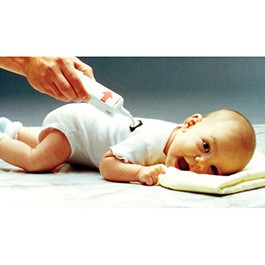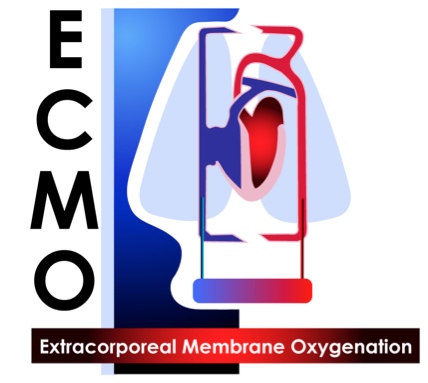Should We Intubate?
By: Erin Sventy, Ryan Cutro, Afnan S. Al-Raimi, Kelvin K. Opoku The utilization of mechanical ventilation in the neonatal and pediatric populations have proven to be clinically challenging, due to the wide range of sizes, weights, ages, and disorders. Traditional invasive positive pressure ventilation (IPPV) has been a life saving device for many patients, but… Continue reading Should We Intubate?





